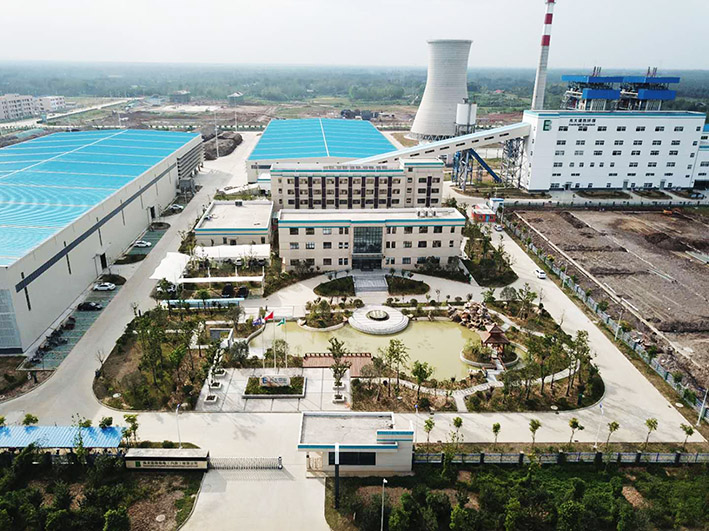State-of-the-art Biomass Power Plant Solutions

Using state-of-the-art technologies, UNE's biomass power plant solution has many merits:
1. Through special design, the nitrogen oxide(NOx) emission can be control in a small quantity, and thus save the environment protection equipment investment and operation costs;
2. Agricultural wastes contain relatively high alkaline substance such as Sodium (Na), Potassium (K) and Chlorine (Cl), i.e. NaCl and KCl. These alkaline substance will crystallize under high temperature and block boilers. UNE designed boilers have solved this problem.
3. Fresh agricultural wastes contain high moisture, which may impact boiler efficiency, while UNE designed boilers can burn biomass containing high alkaline substance and high moisture up to 60% directly without preprocessing, which improves efficiency and saves costs.
4. The newly designed boilers are adapted to more than 100 kinds of agricultural wastes including rice straw, wheat straw, tree trunk and branch, corn stalk, rice husk, peanut shell, corn cob etc, which greatly enlarge the biomass sources. If one kind of biomass supply is not enough, then other kinds of biomass can be used to supply whenever available.
All these newly development of biomass technologies have been successfully applied in many projects and are proved to be mature.
The most successful application is Zhanjiang Biomass Power Plant. The plant was officially put into commercial operation on August 20, 2011, with a planned total installed capacity of 4×50MW and a phase I project of 2×50MW. It is the largest biomass power plant in the world.
In Zhanjiang, every year about 4 million acre of eucalyptus forest are cut down. The processing of eucalyptus produces much waste. In the past, these wastes were are discarded and resulted pollution. Today, these wastes are collected and are used as fuel for Zhanjiang biomass power plant.
In addition to eucalyptus branches and bark, other agricultural and forestry wastes are also used in the plant, including sugar cane leaves and bagasse, as well as straw.
